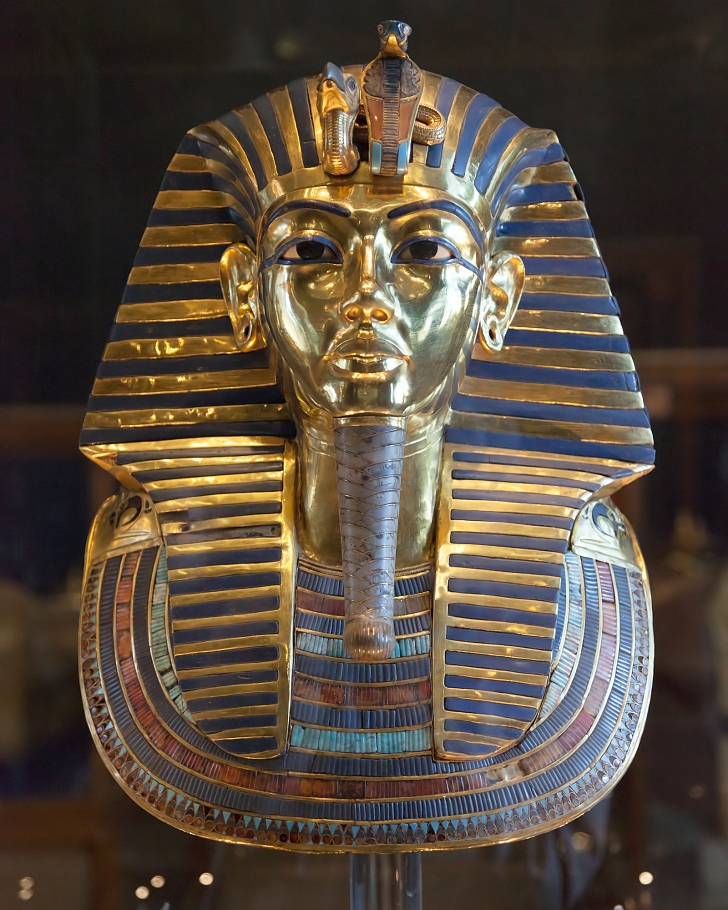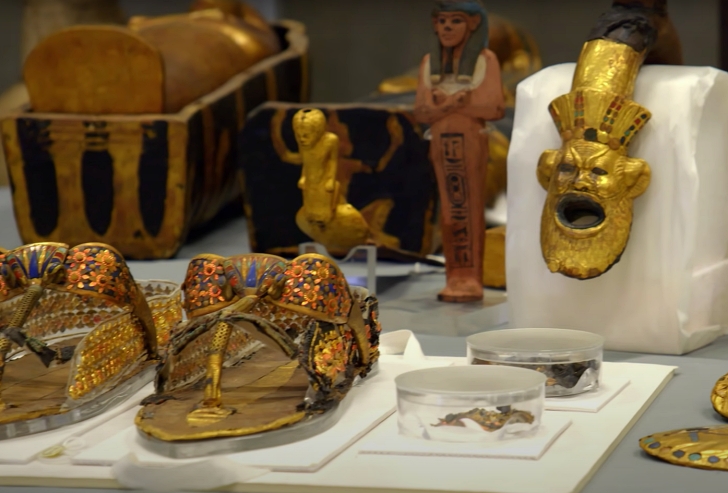The discovery of King Tutankhamen’s tomb in 1922 led the world to become fascinated with Ancient Egypt and we’ve never recovered in all that time. The glittering gold death mask, adorned with deep blue channels of lapis lazuli, is the most recognizable of the objects found inside the tomb. But, there were thousands of things buried with the young king. Among them were the mummies of 2 babies that, until recent years, researchers still didn’t know the origins of.

People of importance in Ancient Egypt, from priests to kings and queens, were sent into the afterlife with a variety of supplies and charms against the harsh battles of the spirit world. It was believed that anything they’d need in real life, they would also be needing in the hereafter. Statues representing servants, food items, furniture, jewelry, talismans, clothes, and pets were just a few of the items that might be inside a tomb.
Along with the mummy of King Tutankhamen himself, there were also the mummies of 2 babies. Until the mummies were examined more closely, it was thought that they could have been twins and their ages at the time of death were unknown.

Genetic analysis on the babies, known as 317a and 317b, has no shown that both children were stillborn – one at nearly 25 weeks gestation, and the other at almost 37 weeks. At 40 weeks many babies could survive, but these children would have had quite a few problems since they were most likely born to the Great Royal Wife, Ankhesenamun, who was King Tutankhamen’s half sister.
King Tutankhamen himself had many health problems as his parents were also siblings, as was the prerogative of the royals during this era. It was presumed that, because the royal line were the manifestations of God on Earth, they could pretty much do as they pleased. However, this inbreeding did come with consequences. King Tutankhamen had a cleft palette, a club foot, and a genetic bone disease. Given all this it’s not surprising that his children with his half sister were stillborn. As he had no other known wives, it’s likely that the children were born to Ankhesenamun.
When the mummies were examined closely and given a DNA test to match with King Tutankhamen, it was was found that the infants had several deformities as well.

So why be buried with your children? It doesn’t sound strange today, but in this case the children’s mummified bodies were saved, to be used in his burial not out of sentiment, but to complete death rituals. As Egyptologist, Salima Ikram, points out the Ancient Egyptians were big on “insurance” and added objects and other mummies to tombs as a series of preventative measures. This ensured that the deceased could enter the kingdom of the gods, pass all the required tests, and attain eternal life. And, the mummies of his daughters were probably put there to protect the pharaoh on his journey.
Find out why the daughter’s were chosen for the tomb in the video below.
SKM: below-content placeholderWhizzco for DOT

